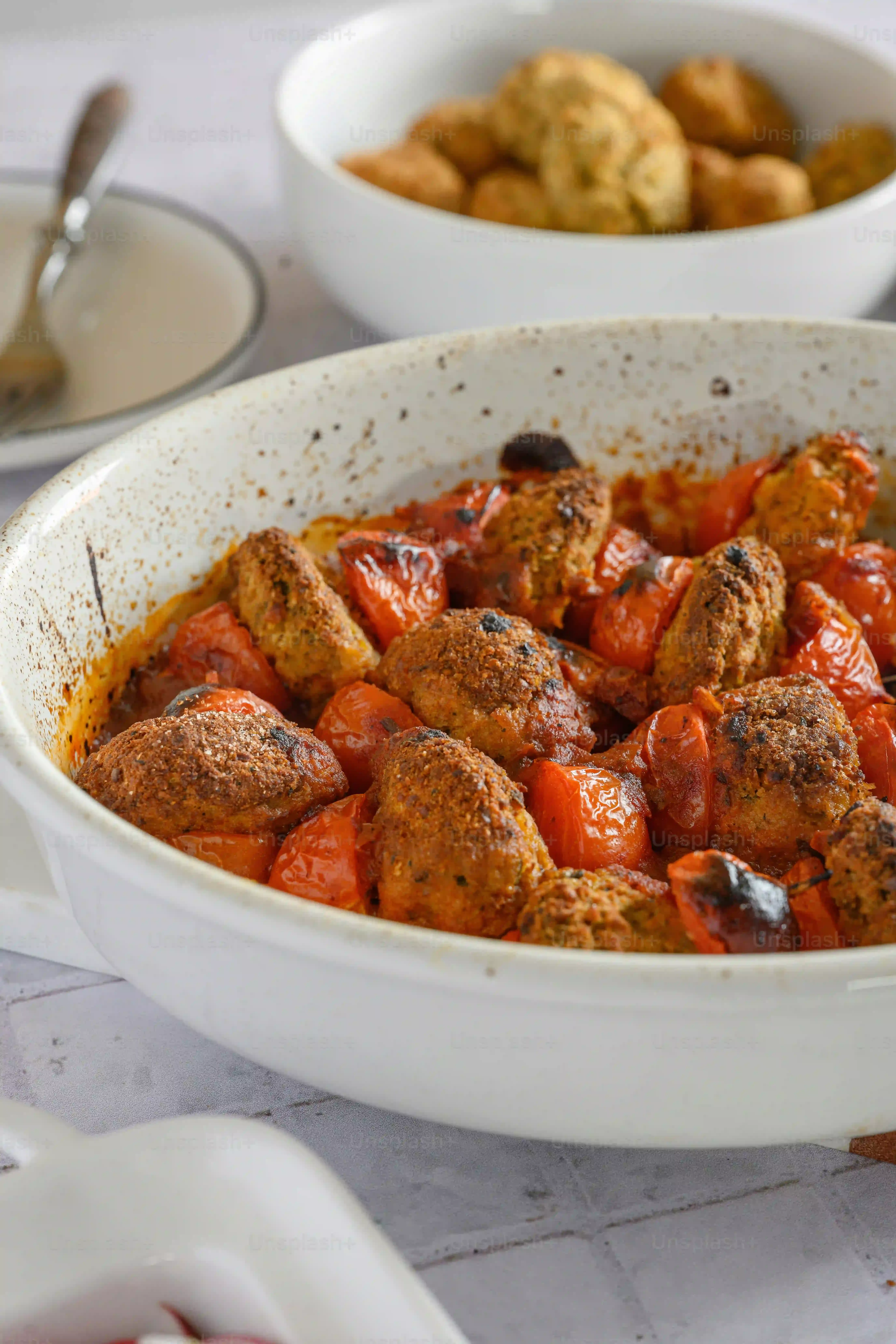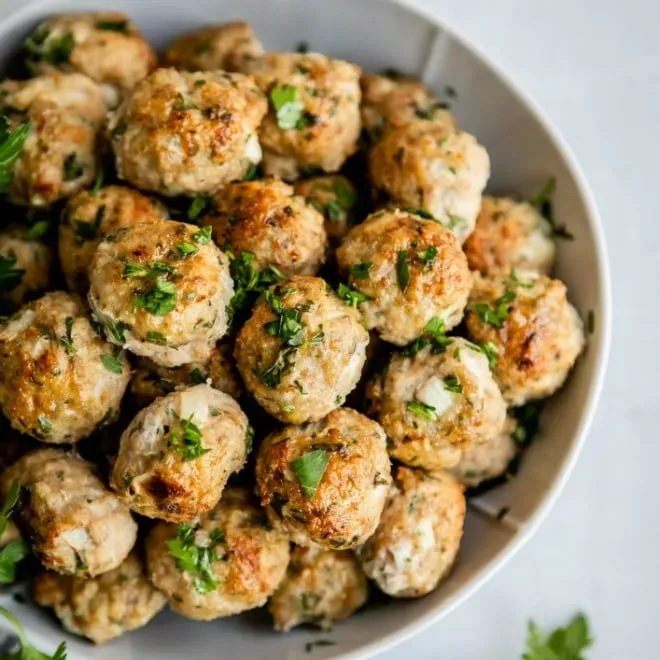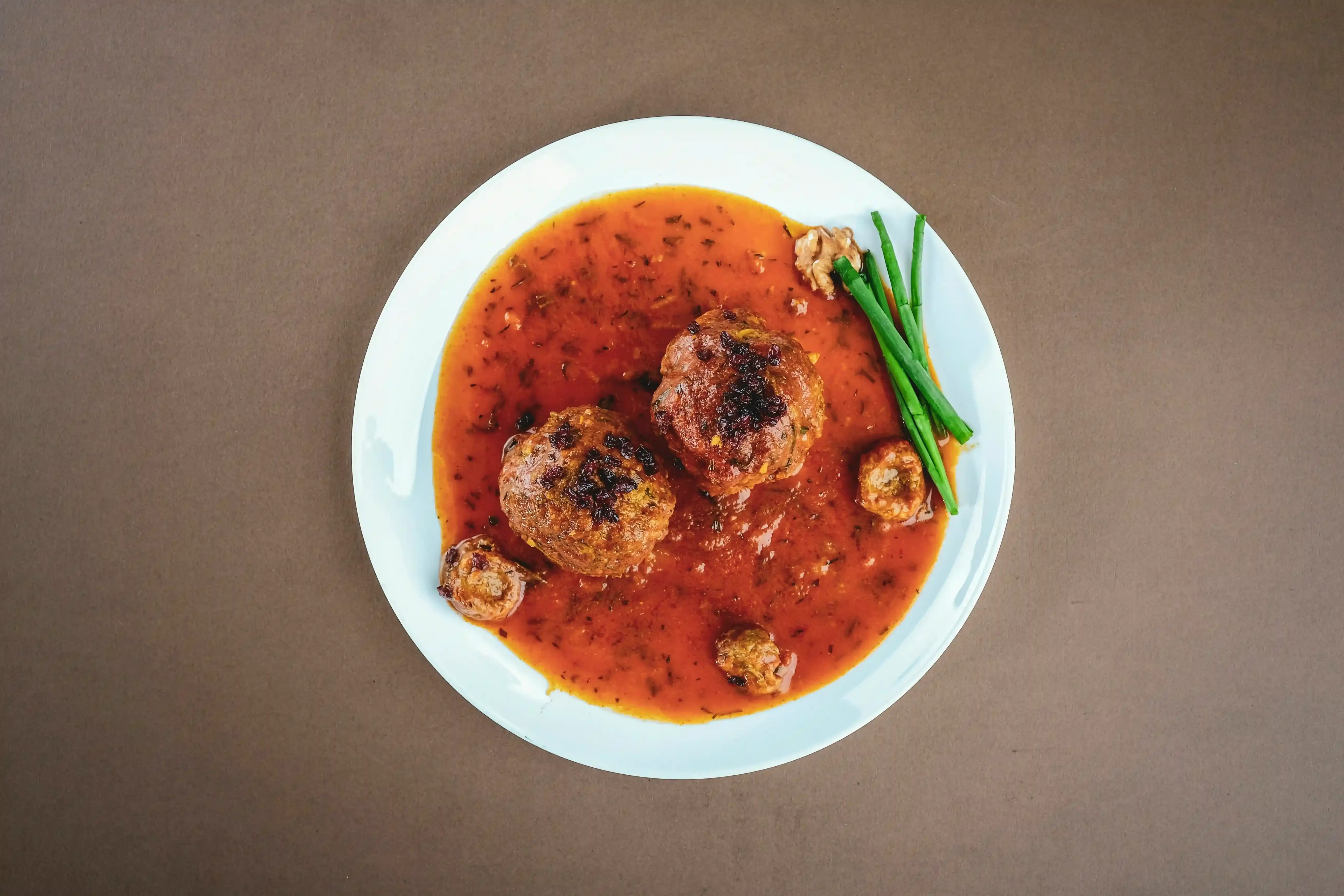Table of Contents
Let's be honest, sometimes you crave classic Italian comfort food, but maybe not the heavy feeling that comes with traditional beef and pork meatballs. You want that rich, savory flavor, tender texture, but perhaps a little lighter on the stomach. Finding a turkey meatball recipe that actually tastes *good* can feel like searching for a unicorn in a pasta aisle. Too often, they turn out dry, bland, or just...sad. But what if I told you achieving the absolutebest italian turkey meatball recipeisn't some culinary myth? This isn't your grandma's recipe, necessarily, but it delivers on flavor and tenderness without the guilt. In this article, we'll walk you through exactly how to make turkey meatballs that are anything but dry. We'll cover the simple ingredients needed, break down the easy steps to get them perfectly cooked, whether you prefer baking or simmering them right in the sauce. Plus, you'll get practical tips for making them ahead and creative ideas for serving. Ready to ditch the bland and embrace the best?
Why Turkey Meatballs? Lighter Twist on an Italian Classic

Why Turkey Meatballs? Lighter Twist on an Italian Classic
so why even bother with turkey meatballs when the classic beef-pork-veal trifecta exists? Fair question. The simple answer is, sometimes you want that comforting bowl of pasta and meatballs without feeling like you swallowed a brick afterward. Turkey offers a leaner alternative, cutting down on some of the heavier fat content found in traditional ground meats. The challenge, of course, is that turkey, especially the super-lean stuff, can turn into a dry, crumbly disappointment faster than you can say "marinara." That's where the "lighter twist" part comes in – it's about getting all the flavor and tenderness you expect from an Italian meatball, but using a different base that feels a bit more, well, manageable.
Gathering Ingredients for the Best Italian Turkey Meatball Recipe

Gathering Ingredients for the Best Italian Turkey Meatball Recipe
Alright, so you're ready to make the leap from dry, sad turkey meatballs to the truly gloriousbest italian turkey meatball recipe? Great! It all starts with what you put in the bowl. Forget those recipes that just say "ground turkey" and call it a day. The type of ground turkey matters – aim for 93% lean. It has just enough fat to stay moist without being greasy. While 99% lean is healthier, it's a desert waiting to happen in meatball form. Beyond the star protein, you'll need some classic Italian flavor boosters: fresh parsley (not dried, trust me on this), grated Parmesan cheese (the real stuff, please, skip the pre-shredded sawdust), garlic (freshly minced, always), and maybe a touch of onion for moisture and sweetness. Don't forget the binder – usually an egg and some breadcrumbs (plain, not seasoned, so you control the flavor). These simple items are the foundation for flavor and texture.
Crafting and Cooking Your Best Italian Turkey Meatball Recipe

Crafting and Cooking Your Best Italian Turkey Meatball Recipe
Now for the fun part – getting your hands dirty to craft these little flavor bombs for yourbest italian turkey meatball recipe. Don't overthink it, but don't just mash everything together like you're angry at the ingredients either. Gently combine the ground turkey, breadcrumbs, Parmesan, herbs, garlic, and egg. The key here is mixing just until everything is incorporated. Overworking the meat is a one-way ticket to tough meatballs. Think of it like making pastry dough – less handling is usually better. Once everything is mixed, grab a small scoop or just eyeball it to form uniform meatballs. Aim for about 1.5 to 2 inches in diameter. This helps them cook evenly. Place them on a baking sheet lined with parchment paper if you plan to bake them first, or have your simmering sauce ready if you're going the stovetop route.
Serving, Storing, and FAQs for Your Perfect Turkey Meatballs

Serving, Storing, and FAQs for Your Perfect Turkey Meatballs
Serving Your Delicious Turkey Meatballs
Alright, you've successfully crafted a batch of tender, flavorful turkey meatballs. Now what? The obvious answer is tossing them with your favorite marinara and a pile of spaghetti. Classic for a reason, right? But don't stop there. These aren't one-trick ponies. Slide them into a crusty hero roll with provolone for a killer meatball sub. Plop a few onto a ricotta-topped pizza before baking. Or, serve them solo as appetizers with toothpicks at your next gathering – watch how fast they disappear. They even work crumbled into a baked ziti or lasagna filling for a lighter take on those hearty dishes. Get creative; these meatballs are versatile.
Storing Your Leftovers Like a Pro
Got leftovers? Excellent. Good meatballs are often even better the next day after the flavors meld further in the sauce. Store cooled meatballs and sauce in an airtight container in the refrigerator for up to 3-4 days. For longer storage, freezing is your friend. You can freeze cooked meatballs in sauce, or freeze cooked, sauceless meatballs on a baking sheet until solid, then transfer them to a freezer bag or container. This prevents them from sticking together in a giant meatball brick. Frozen meatballs keep well for up to 3-4 months. Thaw them in the fridge overnight before gently reheating.
- Refrigerate within 2 hours of cooking.
- Store in airtight containers.
- Sauced meatballs last 3-4 days in the fridge.
- Freeze cooked meatballs for up to 3-4 months.
- Thaw in the refrigerator before reheating.
Frequently Asked Questions About Your Best Italian Turkey Meatball Recipe
People often ask a few common things once they've got a great turkey meatball recipe in their arsenal. "Can I use super lean turkey?" As mentioned earlier, 93% lean is your best bet for moisture. You *can* use 99%, but you'll need to add moisture back in, maybe an extra egg yolk or a splash of milk, and accept they might still be a bit drier. "Should I bake or simmer?" Both methods work for thisbest italian turkey meatball recipe. Baking first gives them a nice exterior texture and helps them hold their shape before going into the sauce, while simmering directly in the sauce yields incredibly tender, sauce-infused meatballs. It really comes down to personal preference and how much time you have. "Can I make the mixture ahead?" Absolutely. Mix the meatball ingredients, cover the bowl tightly, and refrigerate for up to 24 hours before rolling and cooking. This can be a real-time saver.
Final Thoughts on Your Turkey Meatball Triumph
So there you have it. No more chalky, flavorless turkey spheres masquerading as meatballs. By following these steps, you've armed yourself with the knowledge to produce tender, savory turkey meatballs that actually hold their own against their beefier cousins. It wasn't rocket science, just a bit of attention to detail and knowing what makes a meatball truly sing. Go ahead, serve them up. See if anyone even notices they're not beef. Probably not.